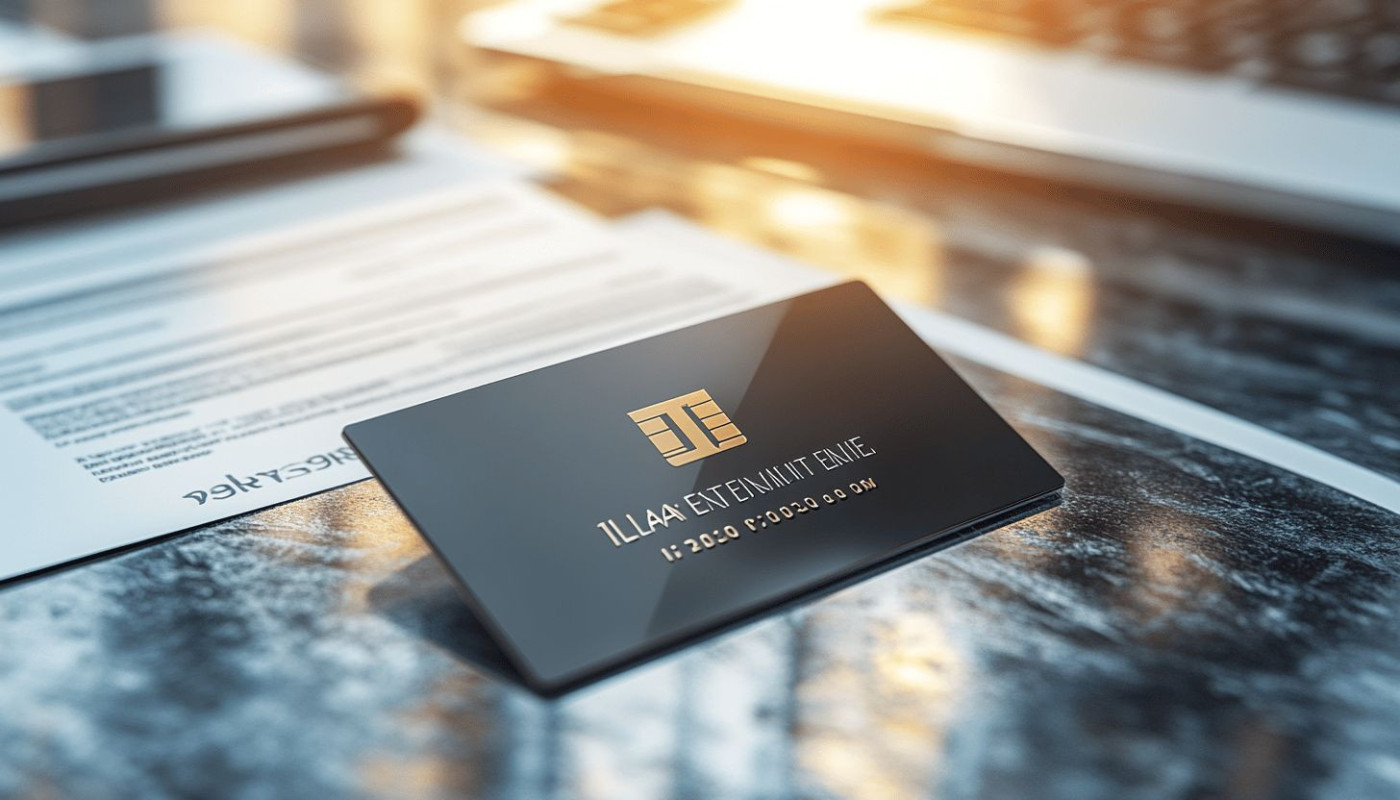Table of contents
In today's interconnected global marketplace, business transparency is not just a regulatory requirement but a competitive advantage. Among the tools used to enhance organizational clarity, the Legal Entity Identifier (LEI) has emerged as a pivotal resource. Discover how obtaining an LEI can illuminate your business’s operations and foster greater trust among stakeholders in the paragraphs that follow.
Understanding the LEI framework
The Legal Entity Identifier, often abbreviated as LEI, functions as a 20-character alphanumeric code designed to provide a standardized approach to business identification on a global scale. This unique code acts as a digital fingerprint, enabling precise entity identification protocol for organizations engaging in cross-border and domestic financial transactions. By assigning an LEI, each legal entity becomes instantly distinguishable within the international marketplace, enhancing both entity transparency and traceability. The system’s structure incorporates reference data such as the official name, registered address, and ownership details, ensuring comprehensive business identification. This protocol, mandated by financial regulators in numerous jurisdictions, supports global compliance initiatives and mitigates risks related to fraud and market abuse. Its widespread adoption has become central to fostering trust and accountability, as it allows counterparties, regulators, and the public to verify the identity of entities swiftly and accurately, reinforcing worldwide confidence in business dealings.
Enhancing trust with transparency
Registering for an LEI stands as a fundamental step toward achieving business transparency, strengthening a company’s reputation in the eyes of partners, regulators, and the broader market. LEI registration enables organizations to provide standardized and verifiable identity information, making partner verification far more straightforward. This heightened clarity fosters trust in business relationships, as all stakeholders can confidently confirm the legitimacy of a counterparty’s identity through a global counterparty transparency mechanism. In the world of regulatory reporting, possessing an LEI reassures authorities and market participants that a firm complies with international requirements and operates transparently. Such transparency fuels smoother collaboration by streamlining risk assessment and due diligence processes, reducing the friction and uncertainty that often accompany cross-border or high-value transactions. When every party involved is clearly identifiable, the risk of fraud, miscommunication, and regulatory breaches is minimized, paving the way for more reliable and efficient business partnerships.
Simplifying regulatory requirements
Possessing an LEI plays a transformative role in enhancing regulatory compliance for businesses engaged in financial transactions both domestically and across borders. By leveraging the LEI’s globally standardized format, companies experience streamlined processes for regulatory reporting, reducing the time and administrative effort required to meet diverse financial regulation obligations. This harmonized approach, known as regulatory harmonization, helps organizations efficiently address multiple LEI requirements imposed by local and international authorities, minimizing the risk of non-compliance and potential penalties. The chief legal officer, tasked with overseeing these processes, benefits from improved reporting simplification and greater compliance efficiency. Partnering with specialized providers such as lei services ensures seamless acquisition and management of LEIs, further supporting consistent adherence to regulatory standards and helping institutions remain agile in a fast-evolving compliance landscape.
Facilitating risk management
The Legal Entity Identifier (LEI) serves as a powerful tool in risk management by providing a unique and standardized identity for organizations involved in financial transactions and throughout the supply chain. Accurate entity verification through LEIs allows financial institutions and businesses to reliably identify counterparties, significantly enhancing the process of counterparty risk assessment. This precision reduces the potential for errors in risk profiling and helps identify hidden exposures that may otherwise go unnoticed. In the realm of fraud prevention, the global LEI system deters impersonation and other fraudulent activities by ensuring that every participating entity is verified and traceable. As a direct result, organizations benefit from LEI implementation through improved financial risk monitoring and more informed decision-making when selecting and managing counterparties. These LEI benefits create a transparent environment where monitoring and managing risks becomes not only more efficient but also more effective, strengthening overall trust in financial markets and supply chains.
Supporting global business operations
An LEI plays a pivotal role in facilitating global business by simplifying cross-border trade and streamlining international operations. When companies pursue business expansion, consistent cross-jurisdictional entity identification becomes vital for reducing operational delays and regulatory misunderstandings. LEI integration offers a standardized approach to identifying organizations worldwide, which helps minimize friction in transactions and enhances trust among trading partners. This unique identifier enables efficient onboarding of new partners by providing a reliable and universally recognized source of verified entity data, promoting transparency in global business ecosystems. As international operations increasingly depend on seamless data exchange and regulatory compliance, the use of LEIs supports interoperability between different markets and regulatory regimes, ultimately accelerating cross-border trade and enabling organizations to expand their operations with confidence.
On the same subject




